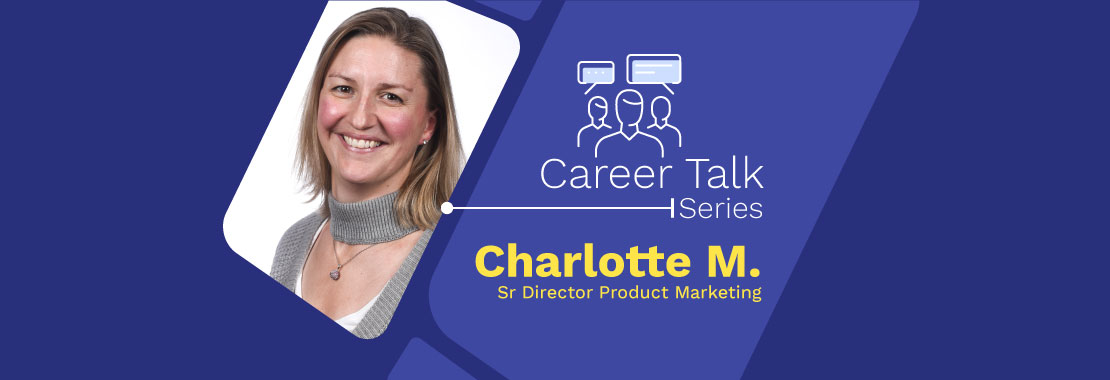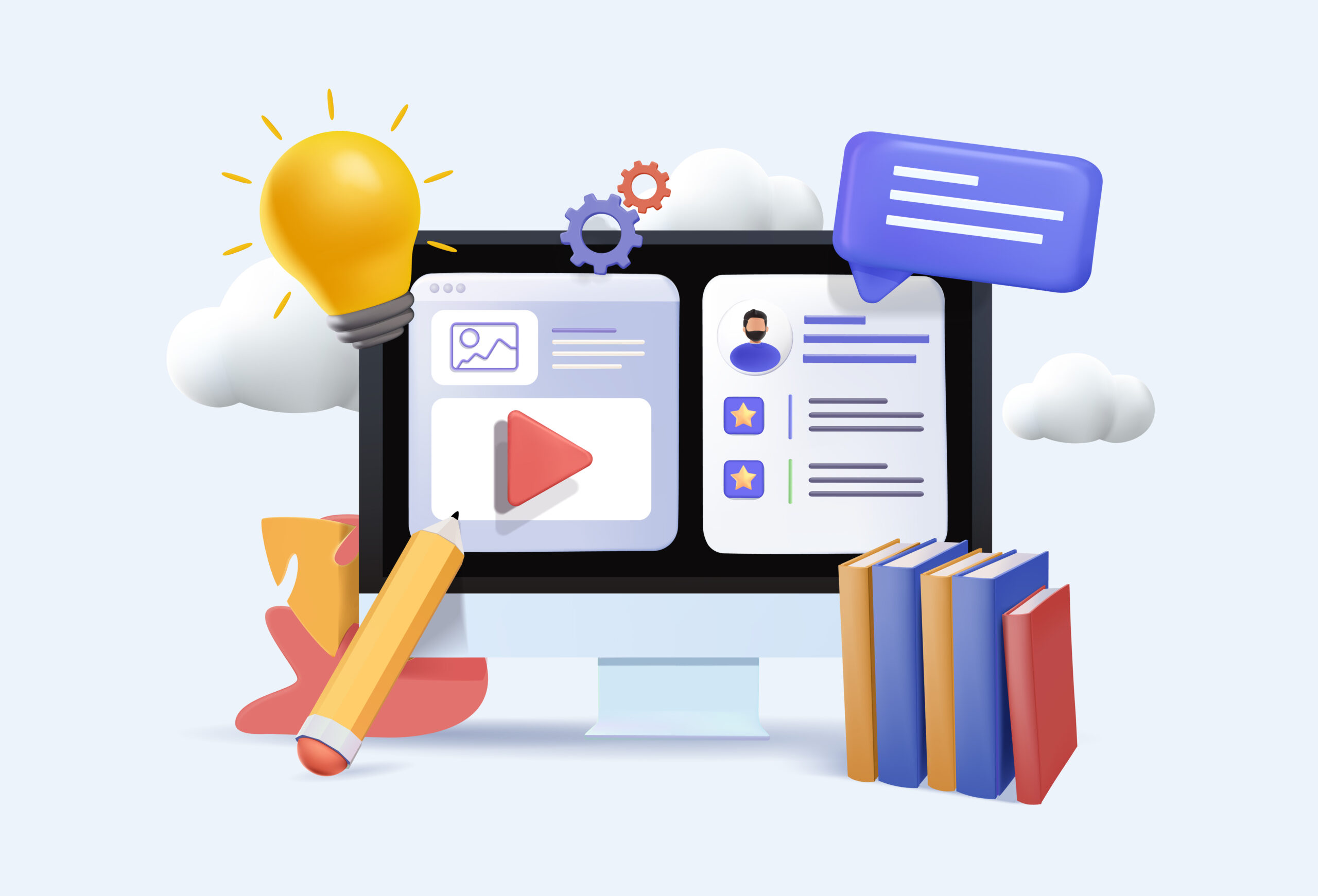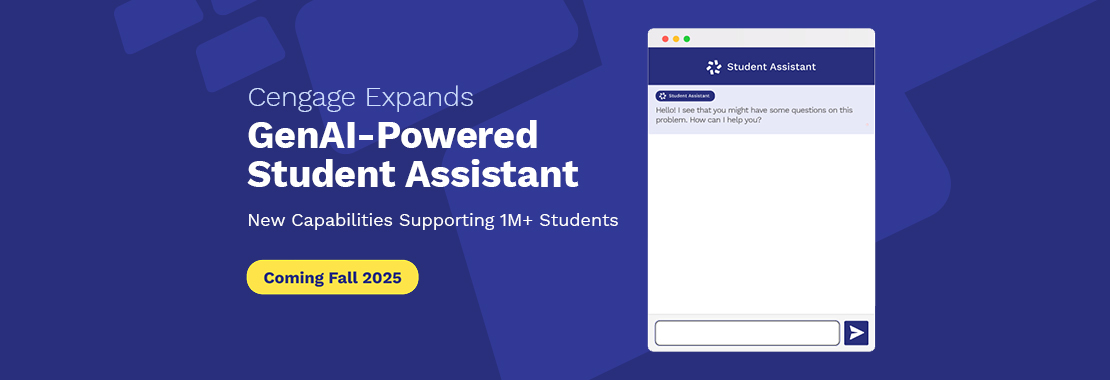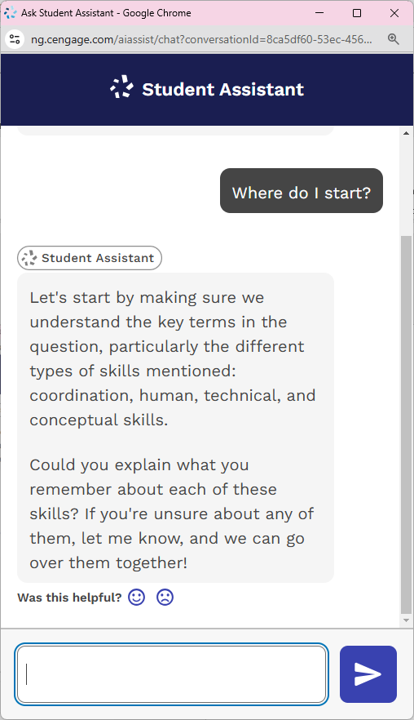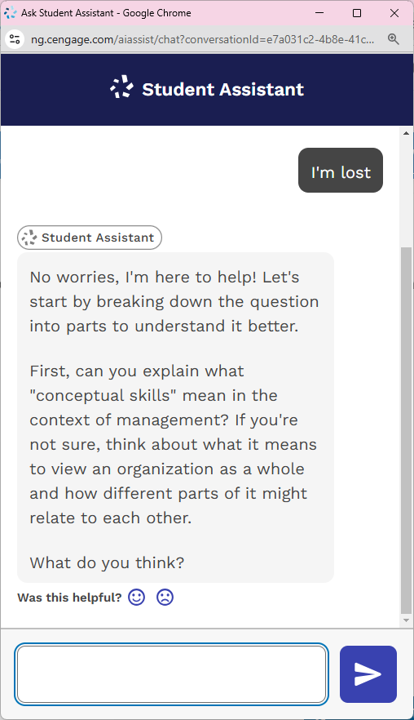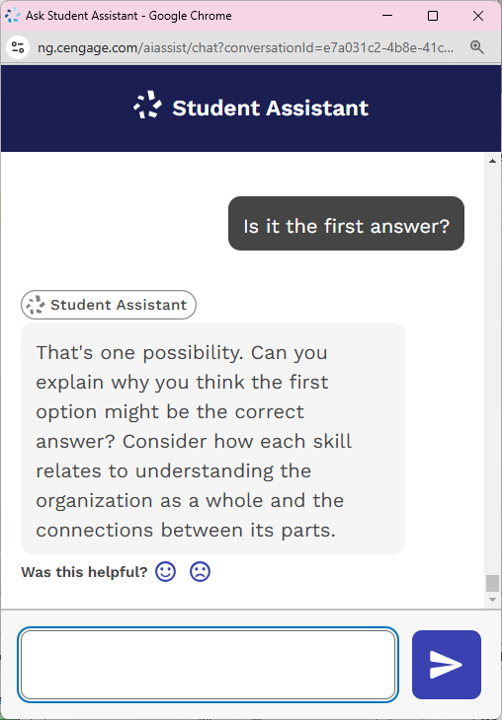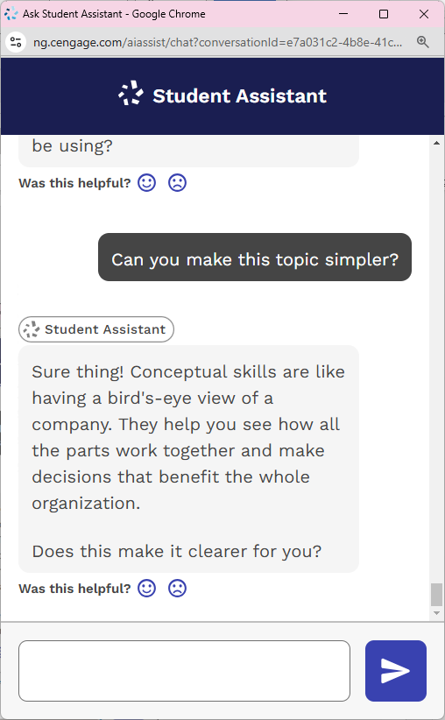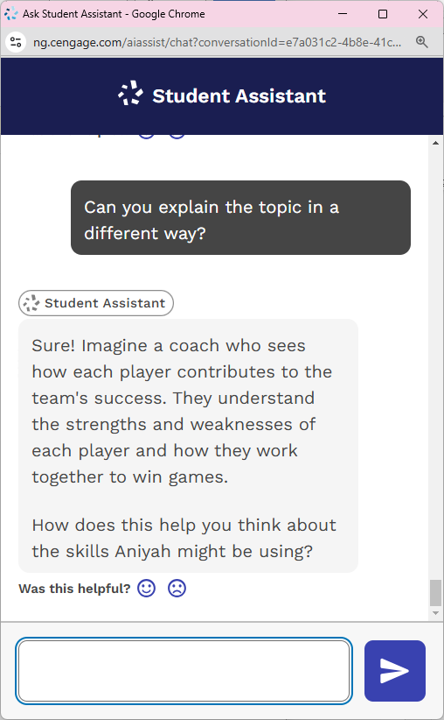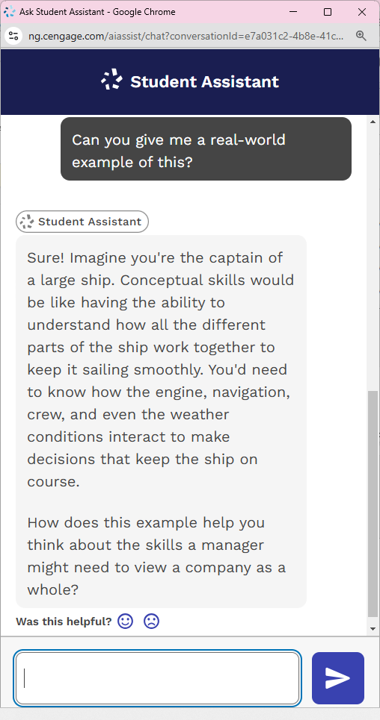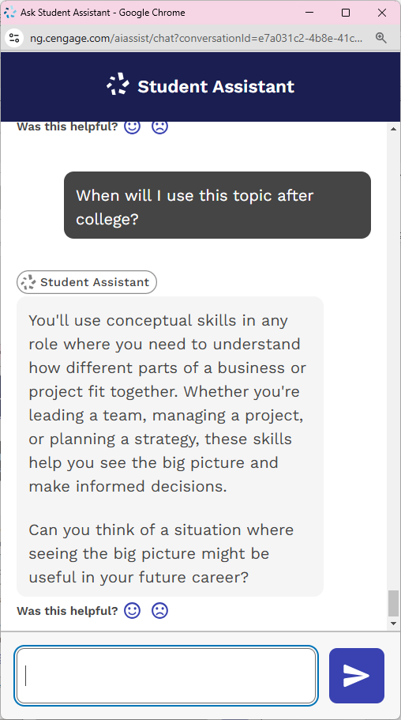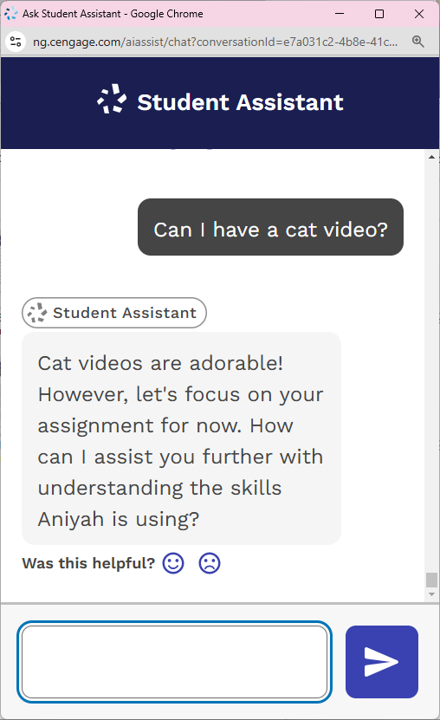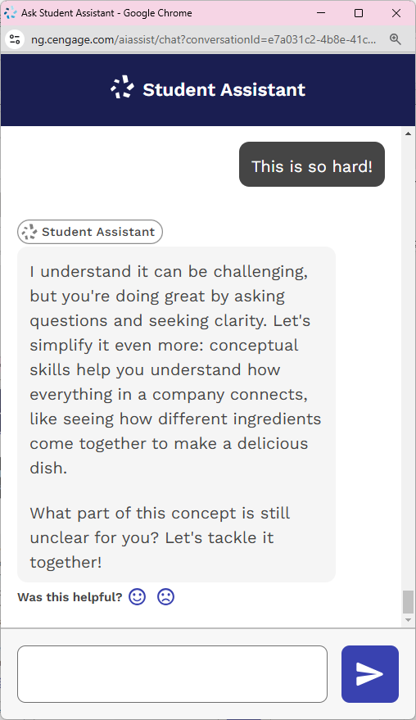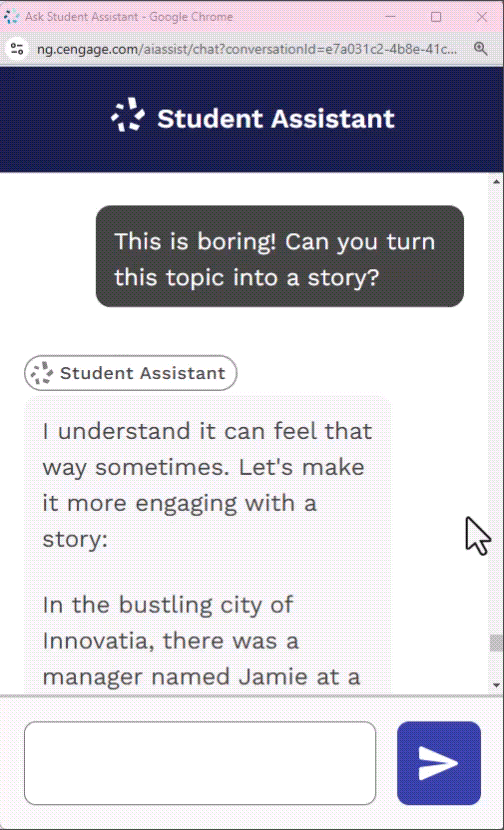Efforts to expand access to higher education have resulted in higher enrollment rates and degree attainment rates making higher education an option that is open to more students than ever before. The greater the access to higher education, the more dynamic a curriculum must be to effectively and equitably educate and elevate the learning experiences of all students. Postsecondary education in America has historically been committed to “inventing courses of study, educational programs, or even whole institutions dedicated to the needs and expectations of its society, peoples, and cultures” (Community Colleges, n.d.). However, much of the emphasis has been placed on access rather than preparation. National policy has neglected to focus on the development of rigorous and integrated curricula that can prepare students for success (Kirst & Usdan, 2009).
There are two forms of curriculum in higher education. The first “is about defining or proposing which courses or subjects should be taken by students of a particular academic program” (Khan & Law, 2015). The second type of curriculum consists of the set of plans made for guiding learning, which includes the learning experiences and interactions that students have with the content, materials, resources and the process for evaluating mastery of the objectives (Glatthorn, Boschee, Whitehead & Boschee, 2019). A changing economic, social and political landscape requires complementary changes to curriculum. Costs of higher education degrees are rising and earning a degree is becoming more essential for personal and professional success (Bordelon, 2012). From a theoretical perspective, curriculum is much more than a set of plans or a program of study but instead represents the access to a particular way of life serving to “prepare students for dominant or subordinate positions in the existing society” (McLaren, 2002). Curriculum must be created in a way that promotes access and diversity, but also provides students with learning experiences relevant to the 21st century and beyond, and prepares them to be successful in a changing globalized society.
Need for Effective Curriculum Design in Higher Ed
Most class or instructional level curriculum is designed by professors, however, most professors have not received formal training in teaching or designing courses. In fact, “teaching is where professors receive the least training, if any at all” (Fertig, 2012). Support is sometimes available from veteran professors, faculty development offices and workshops or training to assist professors in the challenging work of course and curriculum development and implementation.
Many professors may not be familiar with, A self-directed guide to designing courses for significant learning, a resource designed to do just what it says.
The Integrated Course Design Model
Fink (2003) acknowledges that a professor’s ability to design courses is usually a limiting factor due to the fact that many professors have not been properly trained to do so. From this, Fink developed a model known as integrated course design which consists of three phases: the initial, intermediate and final design phases. The basic components of integrated course design include:
- analyzing situational factors,
- formulating learning goals,
- designing feedback and assessment,
- and selecting learning activities.
What distinguishes this model from other similar models is that the components are arranged “in a way that reveals and emphasizes their inter-relatedness” (Fink, 2003). The act of designing an integrated course should be done in a systematic way where each step is completed before the next, with the later steps building on the previous ones. This is similar to the structure-oriented theories of curriculum and the system approach to designing instruction consistent with the work of Bloom, Tyler and Mager (Pinar, Reynolds, Slattery, & Taubman, 1995). It is an ongoing, cyclical process based on flexibility, repeated reflection and transformation which corresponds with Taba’s modification of Tyler’s theory (Pina et al., 1995).
Initial Design Phase: Gathering Situational Factors
In the initial design phase, the first step is to gather information about the situational factors including possible constraints and opportunities. It is important that situational factors be identified as a key component to make planning decisions “since retrofitting one’s instructional design, delivery or assessment only after one finds out who is being instructed, are not effective use of faculty time, effort or university resources” (Schreiner, Rothernberger and Scoltz, 2013). Proactive focus on situational factors is preferable, as stated by Burgstahler, which is used in the Universal Design for Instruction model (Schreiner, Rothernberger and Scoltz, 2013). There are several important situational factors that Fink suggests can affect course design. The general categories of situational factors are: specific context of the teaching/learning situation, general context of the learning situation, nature of the subject, characteristics of the learners and characteristics of the teacher. Fink states that specific contextual factors are always important while other factors are sometimes important, but it is always useful to examine all factors when developing a course.
The Role of Student Interest and Prior Knowledge
Student interest and prior knowledge are valuable to consider because of the considerable impact they have on the student learning experience. Students bring pre-existing attitudes, beliefs and interests into the classroom, but situational factors can influence whether or not students develop interest in new material that is presented to them in an educational context (Durik, 2003). Course design must address “the basic proposition that knowledge cannot be divorced from human interest” (Macdonald, 1975). Professors can support the development of interest with characteristics of course design and delivery (Durik, 2003). Students’ prior knowledge and initial understanding must be engaged because learning transfer can depend on the orientation of prior knowledge (Smith, 2012). Learning activities that build on prior knowledge are so valuable because “ideas which are related tend to be remembered longer as compared to isolated factual information” (Smith, 2012).
Fink’s Worksheet for Identifying Situational Factors
Fink developed a worksheet for situational factors to be identified for each category starting with, of course, the factor he identifies as being the most important, the specific context of the teaching and learning situation.
After the first step of gathering and analyzing situational factors the second step is to decide the learning goals. This is what you want students to get out of the course, what you think is important for them to retain two to three years after they complete the course, what kind of thinking or application abilities you want them to develop, and how you want their learning to continue after the course is completed (Fink, 2003). For this step, Fink suggests the backward design model that starts at the end of the learning process and works backwards. Fink suggests avoiding an overemphasis on rote learning and focusing more on a learner centered approach which leads to more meaningful and significant learning, aligning with the holistic theory of education (Glatthorn et al., 2019). Fink proposes a taxonomy of significant learning that consists of six major types. The six types of significant learning are: foundational knowledge, application, integration, human dimension, caring and learning how to learn.
Fink’s Taxonomy of Significant Learning
Fink’s taxonomy is unique because each type of learning is interactive, which means that each type of learning can inspire other types of learning.
Foundational Knowledge: Understanding and remembering information and ideas.
Application: Critical, creative, and practical thinking, as well as managing projects and demonstrating skills.
Integration: Connecting ideas, people, and realms of life.
Human Dimension: Learning about oneself and others.
Caring: Developing new feelings, interests, and values.
Learning How to Learn: Self-directed learning and becoming a better student through inquiry.
Fink recognizes that it may be intimidating to include all six types of significant learning but states that the more you try to include, the more the learning goals will support each other and the more valuable the learning experience for the students (Smith, 2012). Fink developed a worksheet for formulating significant learning goals that includes key questions to ask about each of the six types of learning.
The third step in the initial design phase is to think about and plan the feedback and assessment procedures. Traditional courses consist of midterm and final exams, but a learning-centered course requires a more sophisticated approach (Fink, 2003). Educative assessments enhance the quality of learning and go beyond “audit-ive-type assessment” that is generally used for the sole purpose of awarding a grade (Fink, 2003). Educative assessment should be future oriented to improve student learning and have an impact on the student experience beyond the life of the course. To achieve this, an instructor must look ahead to a future where students will be able to apply their knowledge or showcase their skills, and then the professor creates a question or problem that recreates the real-life context as closely as possible in an open-ended format without being too rigid or pre-structured (Fink, 2003).
Students must be informed of the evaluative criteria being used to assess their performance. Brain research indicates that students are more engaged when they understand how and why they are being asked to perform or present what they have learned (Schreiner et al.,2013). The teacher’s standards must be clear and assessment must be practical. Student self-assessment is important because in the real-world students will have to assess their own performance. Research about learning shows the need for students to develop metacognition in order to “self-assess, understand, and appreciate their strengths and differences” (Smith, 2012). There are ways that instruction and assessment can encourage metacognition and promote student ownership of the learning process. An integral part of assessment is feedback and high-quality feedback includes the characteristics of “FIDeLity,” feedback which is frequent, immediate, discriminating and loving. Fink developed a worksheet to establish what he refers to as procedures for educative assessment.
“Traditional lectures are still the dominant form of undergraduate instruction in most first- and second-year college courses” however, more recently there has been research to support the need for providing more effective forms of active learning that can prepare students with the critical thinking skills that they will need to be successful for a wide range of professions (LoPresto & Slater, 2016). Step four in Fink’s guide consists of the teaching and learning activities, which in order to create significant learning opportunities, must incorporate active learning. Active learning, as defined by Bonwell and Eison (1991), is learning that goes beyond just listening to a lecture and includes engagement on the part of the student through reading, writing, discussion and problem solving. Active learning thus includes the act of students “doing things” which requires experiential opportunities and reflective dialogue.
Creating learning experiences has been described by Tyler (1975) as even more of an artistic endeavor than the selection of learning objectives. Not all curriculum developers or instructors know how to create new and effective learning activities. Fink suggests using a holistic view of active learning that includes activities from each of the three components of active learning: information and ideas, rich learning experiences and reflective dialogue. Rich learning experiences are those that stimulate several types of significant learning simultaneously and can be done in or out of class. Richness refers to the depth of the curriculum, the layers of meaning, and its multiple interpretations or possibilities (Doll, 1993).These experiences should be both experiential and reflective to assist students to develop new ways of thinking and feeling that can be implemented in various ways in real life situations (Schaffarzick & Hampson, 1975).
Once the strong primary components are developed in the initial phase, step five is where the course developer integrates the previous steps. Fink provides another worksheet to assess the quality of the course design using specific criteria as specified in steps one through four, which are then integrated and assembled into a coherent whole. Assembling the components is done in the intermediate design phase which are steps six through eight. To create a course structure the semester must be divided into four to seven segments that focus on the key concepts, issues or topics that make up the course. The topics must be arranged into a logical sequence and the course developer has to determine how many class sessions to assign to each one. This helps to promote the creation of assignments that gradually become more challenging.
There is a difference between an instructional strategy and a teaching technique. A teaching technique is a specific teaching activity while an instructional strategy is a set of learning activities arranged in a way that “energy for learning increases and accumulates as students go through the sequence” (Fink, 2003). Instructional strategy is designed in step seven with the goal of creating a sequence of activities that build on each other. Learning experiences that “are organized so that each subsequent experience builds on what has been learned in earlier ones and so that the student can perceive the connection” have greater impact and enhance learning (Schaffarzick & Hampson, 1975). Activities that are generated must also prepare students for their future work in the course. The structure and sequence of the activities must allow for time to practice what it is the students are expected to learn and students must be provided with prompt feedback. The quality of their work and performance must be assessed while also providing time for students to reflect on their own learning.
The course structure and the instructional strategy for the whole course must be integrated in step eight. Fink suggests creating a diagram of both the course structure and instructional strategy and recommends taking the time to find ways to enhance how both components can work together. Such a diagram would allow the course developer to reflect on two very important aspects of the course, differentiation and the integration. At the conclusion of step eight, one should be able to produce a week-by-week schedule of activities for the entire semester. Fink provides a worksheet for creating this schedule. At the end of this step there should be an integrated set of components that combine to form a cohesive course and the developer is ready for the final design phase.
The final design phase includes the four remaining steps to complete the design of the course. Step nine is deciding on a grading system which should incorporate a full range of the learning goals and activities, but not necessarily grading everything. The weight of each graded item should mirror the importance of the activity. Prompts provided include, “What will be the relative weight of the grade components? Are you going to determine that yourself, or will you involve the class in this process?” (Fink,2003). This is an opportunity to engage students in the design process using a dialogical model (Macdonald, 1975).
It is unlikely that any course design will be without faults or possible issues. It is in step ten that Fink suggests looking for what could go wrong. At this point the course design is really just a first draft and this step is included so that the designer can edit that first draft by checking for possible problems and discovering ways to solve those problems. After what Fink calls “de-bugging” the course, step eleven is to create a syllabus which is the way the professor shares the course plans with the students. As expected the syllabus contains traditional items such as general information, goals for the course, the structure and sequence of class activities including major due dates, required texts/materials, grading procedures and course policies.
The final step of designing a course for significant learning is planning how one will evaluate the course and how to evaluate one’s own teaching. It is through these evaluations that the course developer can gather the necessary insight to determine how to improve the course and how to improve pedagogy over time. Fink suggests collecting feedback throughout the course and upon completion of the course. A variety of sources of information are suggested such as video/audio, student ratings, student interviews/questionnaires, outside observer and test results. Questions to ask oneself include, were the goals of the course achieved and to what degree? What was the effectiveness of the learning activities? How effective was the instructor’s ability to interact with students?
After finishing steps one through twelve the course design is complete. Fink provides two caveats for consideration. The first is to stay flexible. Once the plan is complete it is still only a plan and should remain flexible and subject to change as needed throughout implementation.
The second caveat is that when trying to improve the design of the course, focus on only a few changes so as not to get overwhelmed. Start with making some changes in each of the three phases because each one impacts and strengthens the others. Each time teaching takes place there is an opportunity to assess the effectiveness of the plan and to make changes, as time goes on more ambitious changes can be implemented.
Fink’s guide provides a pragmatic approach to course design and redesign so that when implemented, it can gradually improve the user as a course designer. Commitment to designing courses for significant learning increases one’s “power and effectiveness as someone responsible for the quality of other people’s learning experience” (Fink, 2003).
Fink’s guide can be used by new professors to create courses that engage students and prioritize active learning. This model can also be used by seasoned and veteran professors to assess their courses and reconstruct them to “create subjects better able to negotiate the complexities of emergent forms of everyday life, labor and culture” (Kellner, 2003).
Being responsible for the learning experiences of others is one of great reward but if not taken seriously and executed with integrity and fidelity it can also have grave implications such as injustice, trauma, and cultural domination which is why higher education curriculum and course design should be a priority at every institution of higher learning.
Alana Sejdic, EdD is a special education administrator with East Hartford public schools. She is currently in a certification program for the Collaborative and Proactive Solutions (CPS) model developed by Dr. Ross Greene. She is a trainer in the Sexual Health & Relationships Education (SHARE) curriculum certified through Among Friends in Oregon. She recently published her book “When Spoons are Low”, a picture book about disability, written in verse for readers young and old. Her previous administrative experiences include residential and therapeutic education, juvenile justice education, and leading postsecondary disability services in private and public institutions of higher education. Dr. Sejdic is also a member of the Board of Directors for the CT Parent Advocacy Center (CPAC). Her most important role is being a mother to her two sons.
References
Bonwell, C. C., & Eison, J. A. (1991). Active Learning: Creating Excitement in the Classroom. 1991 ASHE-ERIC Higher Education Reports. ERIC Clearinghouse on Higher Education, The George Washington University, One Dupont Circle, Suite 630, Washington, DC 20036-1183.
Bordelon, D. (2012). Where Have We Been? Where Are We Going? The Evolution of American Higher Education. Procedia – Social and Behavioral Sciences, (C), 100. https://www.researchgate.net/publication/257716851_Where_Have_We_Been_Where_Are_We_Going_The_Evolution_of_American_Higher_Education
Community Colleges The History of Community Colleges, The junior college and the research university, The Community College Mission. Retrieved from https://education.stateuniversity.com/pages/1873/Community-Colleges.html
Doll Jr, W. E. (1993). A post-modern perspective on curriculum. Teachers College Press. Durik, A. M. (2003). Personal and situational factors involved in the development of interest. https://www.researchgate.net/publication/316052742_A_Post-Modern_Perspective_on_Curriculum
Fink, L. D. (2003). A self-directed guide to designing courses for significant learning. University of Oklahoma, 27(11).
How Do Professors Learn to Teach (or Do They)? MAR 29, 2012 Jason Fertig
Kellner, D. (2003). Toward a critical theory of education. Democracy & Nature, 9(1), 51-64.
Kirst, M. W., & Usdan, M. D. (2009). The historical context of the divide between K-12 and higher education. PM Callan, States, Schools and Colleges: Policies to Improve Student Readiness for College and Strengthen Coordination between Schools and Colleges, NCPPHE (National Center for Public Policy and Higher Education), San Jose, 5.
LoPresto, M. C., & Slater, T. F. (2016). A new comparison of active learning strategies to traditional lectures for teaching college astronomy. Journal of Astronomy & Earth Sciences Education, 3(1), 59-76.
Macdonald, J. B. (1975). Curriculum and human interests. Curriculum theorizing: The reconceptualists, 283-294.
McLaren, P. (2002). Critical Pedagogy: A Look at the Major Concepts.
Pinar, W. F., Reynolds, W. M., Slattery, P., & Taubman, P. M. (1995). Understanding curriculum: An introduction to the study of historical and contemporary curriculum discourses (Vol. 17). Peter Lang.
Schaffarzick, J., & Hampson, D. H. (1975). Strategies for Curriculum Development. https://eric.ed.gov/?id=ED114936
Schreiner, M. B., Rothenberger, C. D., & Sholtz, A. (2013). Using Brain Research to Drive College Teaching: Innovations in Universal Course Design. Journal on Excellence in College Teaching, 24(3).





